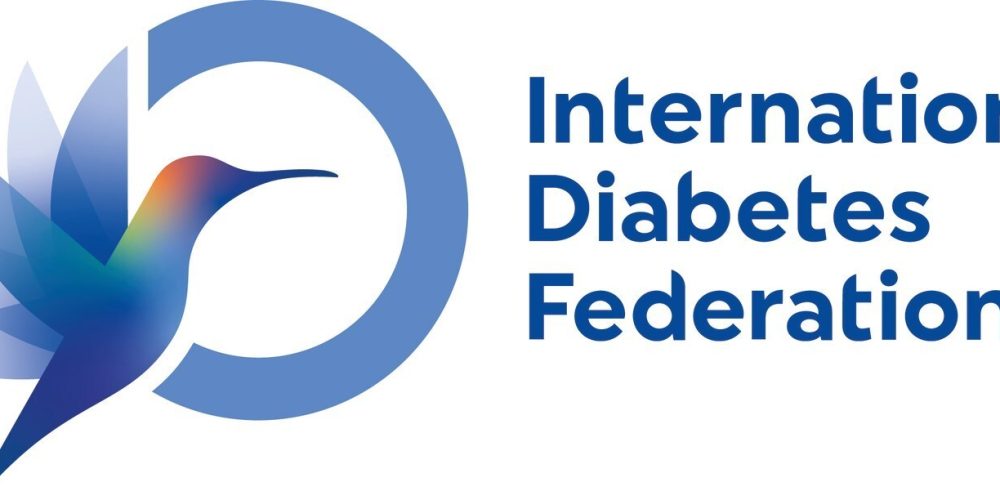The International Diabetes Federation‘s latest report exposes a staggering reality: over 250 million people worldwide are living with undiagnosed diabetes. This silent epidemic represents nearly half of all diabetes cases globally, creating a public health emergency that demands immediate attention.
The Hidden Dangers of Undiagnosed Diabetes
Progressive Damage to Vital Organs
Undiagnosed diabetes acts as a slow poison, causing irreversible damage before symptoms become noticeable. The prolonged exposure to high blood sugar levels leads to:
| Organ System | Effects of Uncontrolled Diabetes | Timeframe for Damage |
|---|---|---|
| Cardiovascular | 2-4x higher risk of heart attacks and strokes | 5-10 years |
| Kidneys | Gradual failure requiring dialysis | 7-15 years |
| Eyes | Retinopathy leading to blindness | 5-12 years |
| Nervous System | Peripheral neuropathy and amputations | 3-8 years |
| Immune System | Slow wound healing and infections | Immediate effect |
Economic Impact of Delayed Diagnosis
The financial burden of late-stage diabetes complications is crushing healthcare systems worldwide:
- Treatment costs for advanced diabetes are 3-5 times higher than early-stage management
- Lost productivity from diabetes-related disability costs global economies $327 billion annually
- Hospitalizations for preventable complications account for 60% of diabetes healthcare spending
Global Hotspots: Where Undiagnosed Diabetes Thrives
Geographic Disparities in Diagnosis Rates
| Region | Estimated Undiagnosed Cases | Primary Barriers to Diagnosis |
|---|---|---|
| Southeast Asia | 87 million | Rural healthcare access, cultural stigma |
| Western Pacific | 68 million | Urban-rural divide, diet changes |
| Africa | 42 million | Lack of testing infrastructure |
| Americas | 38 million | Healthcare affordability issues |
| Eastern Mediterranean | 25 million | Conflict zones, displaced populations |
Vulnerable Populations at Highest Risk
Emerging research is revealing new high-risk groups for diabetes that go beyond the usual suspects. Night shift workers, for instance, face a 30% higher risk due to circadian rhythm disruptions affecting insulin sensitivity. COVID-19 survivors are also showing increased incidence of post-viral diabetes, likely linked to inflammation or pancreatic effects.
Surprisingly, the urban poor in developing countries are now experiencing higher diabetes rates than rural populations, possibly due to changes in diet, sedentary lifestyles, and limited access to preventive care. Meanwhile, children with a family history of diabetes are being diagnosed at younger ages, with early-onset cases rising at an alarming rate.
Breaking Down Barriers to Diagnosis
Addressing the gaps in diabetes detection requires more than conventional methods. A combination of community engagement, innovation, and policy reform is key.
Community-Based Testing Programs
New models of outreach are bringing testing closer to at-risk populations. Mobile testing vans are being deployed in high-risk neighbourhoods, while workplace screening initiatives help reach those with irregular hours. Pharmacies are also stepping in, offering convenient rapid testing stations that lower the barrier to entry for first-time check-ups.
Technological Advancements
Tech is transforming how we detect diabetes. Non-invasive glucose monitors—like wearable patches and even breath-based devices—are becoming more accessible. AI-powered risk assessment tools that tap into electronic health records can flag at-risk individuals earlier. For those in remote or underserved areas, telemedicine is proving vital in closing the care gap.
Policy Interventions
Government action plays a crucial role. Some countries are introducing mandatory screening at specific ages or for individuals with known risk factors. Expanding insurance coverage for preventive screenings is another key step. Public awareness campaigns are also targeting emerging high-risk groups, helping to educate and encourage early testing before symptoms arise.
Beyond Diagnosis: Comprehensive Diabetes Management
The Four Pillars of Effective Control
| Pillar | Key Components | Impact Potential |
|---|---|---|
| Medical Nutrition Therapy | Personalized diet plans, carb counting | 30-50% glucose reduction |
| Physical Activity | 150 min/week minimum, resistance training | 20-30% insulin sensitivity improvement |
| Medication Adherence | Proper dosing, combination therapies | 40-60% complication risk reduction |
| Continuous Monitoring | CGM systems, regular A1C tests | 50% fewer hospitalizations |
Taking Action on Diabetes Starts Today
Diabetes is rising fast—but it’s also largely preventable. Individuals, healthcare providers, and policymakers each have a critical role to play.
If you’re at risk, start by knowing your numbers. Request fasting glucose and HbA1c tests during your annual check-up. Use online risk tools like the IDF calculator to assess your personal risk, and advocate for better screening access in your community.
Healthcare providers should make routine diabetes screening part of everyday care, especially for high-risk groups. Adopting rapid, point-of-care technologies and building prevention-focused programmes will help catch cases earlier and improve long-term outcomes.
Policymakers can lead the charge by funding national screening efforts, introducing sugar taxes and food labelling reforms, and investing in diabetes research and innovation.
The road ahead is clear. With better screening, targeted prevention, and smart technology, we can prevent up to 80% of diabetes-related complications. The time to act is now—before this silent epidemic grows any louder.




